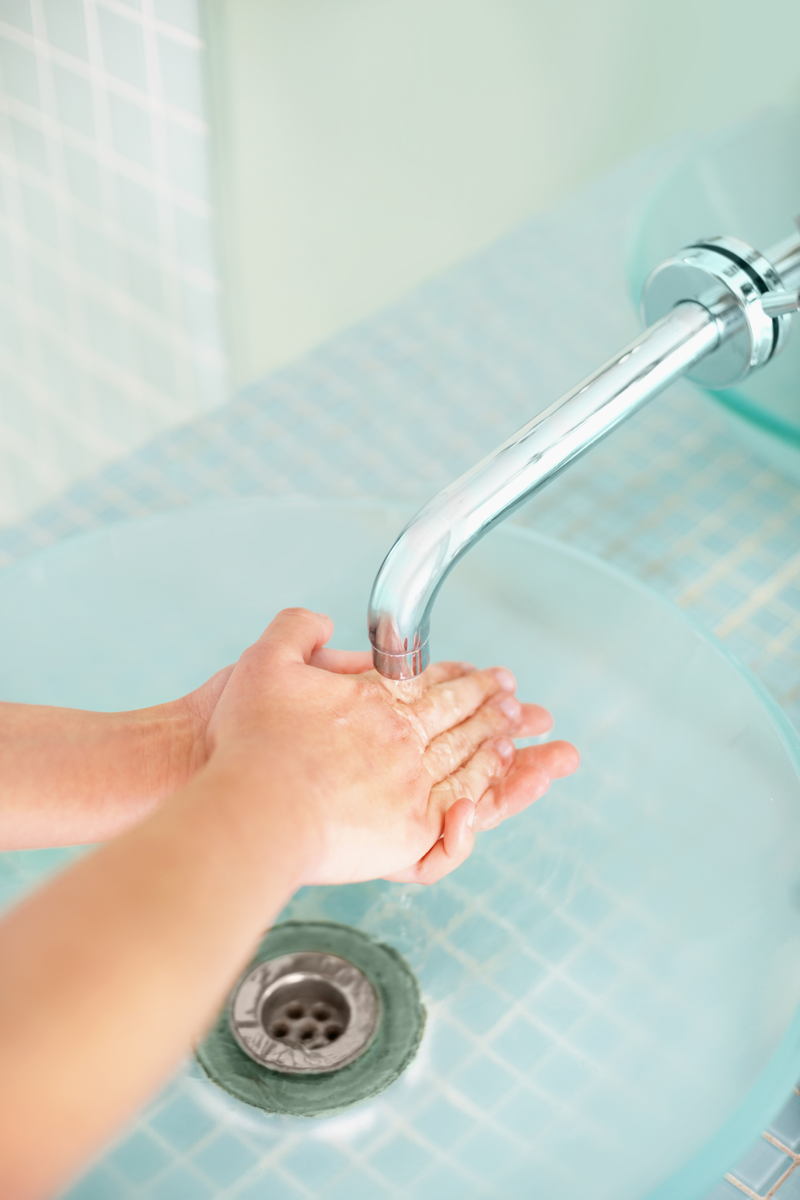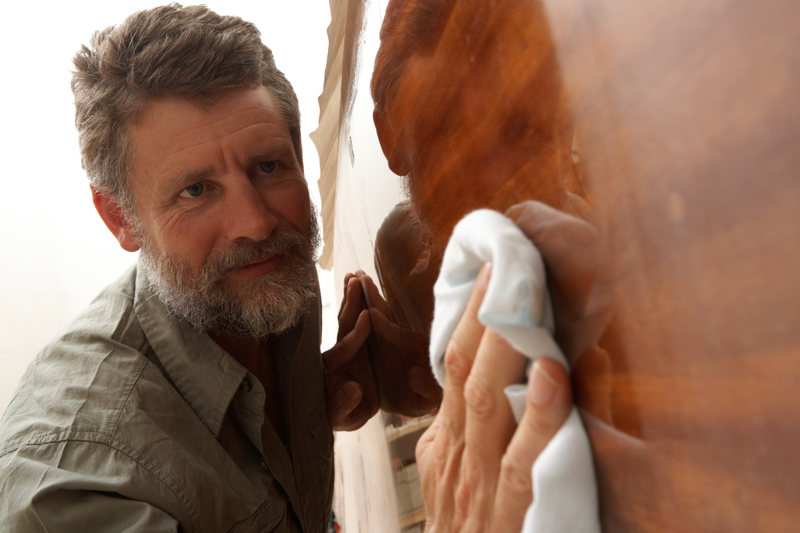Expert Help for OCD
Take Your Life Back from OCD
Offering expert treatment for all types of OCD, including unwanted obsessional thoughts. Our OCD treatment program is typically 10 weeks. We offer twice-weekly sessions, groups, and intensive programs. Intensive program can be in person or online. Low cost options available. Contact us...
Behavioral Wellness Clinic
392 Merrow Rd, Suite E,
Tolland, CT 06084
Office: (860) 830-7838
OCDTYPES
Obsessive-compulsive disorder comes in many forms
About Obsessive-Compulsive Disorder
Cleaning and Washing Compulsions in OCD

- Washing Compulsions
- Cleaning Compulsions
- Avoiding Contaminants
- Family Impact of Washing and Cleaning
Washing and cleaning rituals are the most well-known and widely recognized symptom of OCD. People with this type of OCD can be described as perpetually engaged in compulsive acts of decontamination. People who compulsively wash and clean can be divided into two groups: (a) those who are tying to prevent being harmed or spreading harm to others via contamination, and (b) those who feel discomfort or contaminated by specific substances, but are not worried about harm.
The first group of patients are usually worried about coming down with an illness or disease from contamination, which in some cases may involve responsibility for spreading contamination to others. Washing rituals are performed in an attempt to prevent this perceived danger. Individuals in the second group tend to have fewer identifiable obsessions and engage in cleaning compulsions merely to relieve the discomfort associated with feeling dirty. People with this type of OCD typically have very strong disgust reactions.
Washing Compulsions
People with contamination fears will typically engage in excessive washing in order remove dirt and germs, or just to feel clean. This often involves excessive or repeated handwashing. Handwashing may be done in a ritualized manner, where the person cleans each finger individually and sometimes even under each fingernail. It is not uncommon for people with this type of OCD to have hands that are red and chapped, and they may even bleed. Once hands are clean, the person will then carefully turn off the tap with another object, such as the towel or napkin, to avoid recontamination of the hands. Compulsive handwashers may also engage in excessive use of hand sanitizers between trips to the sink.
People with contamination fears may engage in excessive or ritualized showering, bathing, toothbrushing, grooming, or toilet routines. In addition to washing, they may use other measures to prevent contact with contaminants, such as wearing gloves or using a tissue to open doors.

Cleaning Compulsions
People with contamination OCD may spend a lot of time cleaning of household items or other inanimate objects. For example, someone with this type of OCD may wash their shoes, credit cards, cell phone, or other things that may have come into contact with as these items may be considered dirty or contaminated.
Avoiding Contaminants
People with contamination concerns will often go to great lengths to avoid getting dirty. They may avoid touching their shoes by pushing the heel of one shoe down with the other. They may avoid going certain places due to concerns about possible contaminants.
Family Impact of Washing and Cleaning OCD
Washing and cleaning rituals can be hard on the family. Marriage is tough enough without the added stress of OCD. One woman with a husband who has cleaning compulsions writes:
"When I pulled into the driveway, my husband was standing by the door. Smiling, he offered to hold my briefcase and purse. This would have been a very sweet gesture, except that he was expectantly watching me remove my shoes to make sure I put them in the safe place he had designated for contaminated belongings. No one is allowed to come into the home wearing shoes, as this spreads the outside contamination throughout his safe zones."
"He suspects that without being right there to watch me, I might forget the rule. Then he would feel compelled to stay up late and clean for hours, all the while irate and likely blaming me for ruining everything. As I opened the door, I felt the sticky sensation of liquid soap on my fingers. The doorknob was covered in it. Too late. He had been cleaning again.”
Read this story called Help! I’m Married to OCD at Psychology Today.

